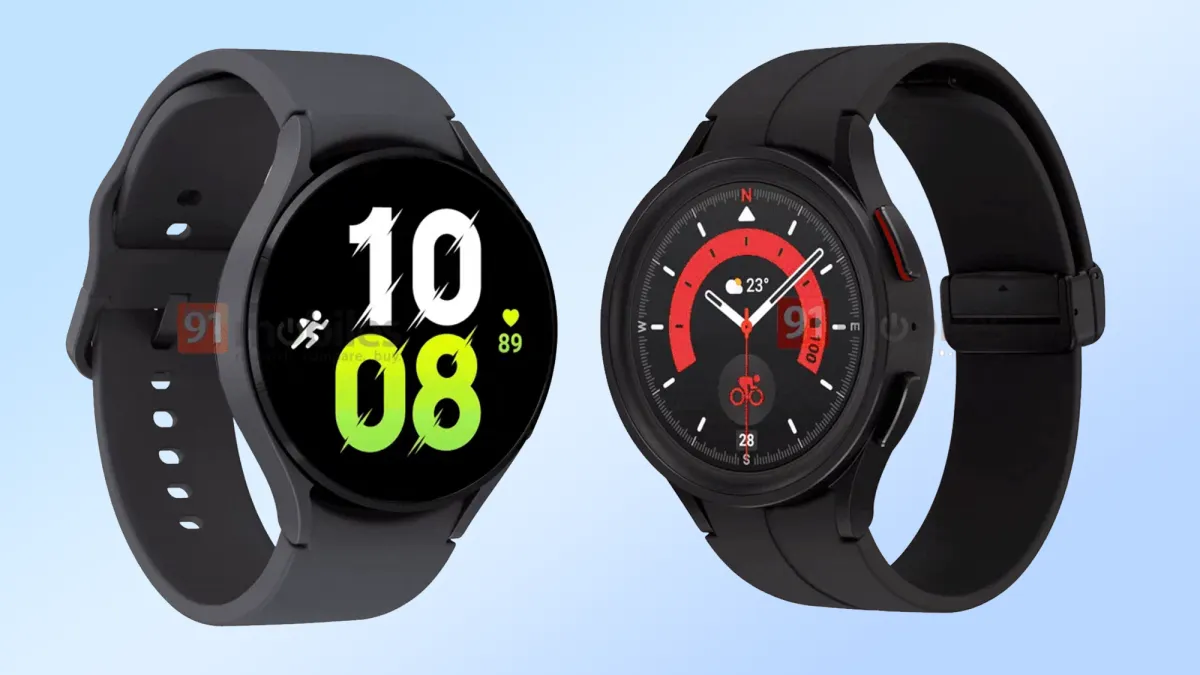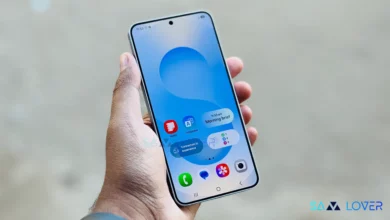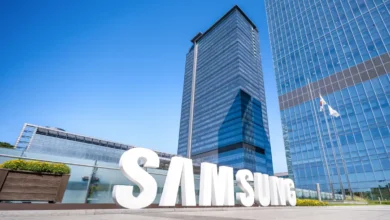Samsung Galaxy Watch 6’s display size and variant leaked

Samsung has done launching five generations of its Galaxy Watch series, and the latest one was the Galaxy Watch 5. Galaxy Watches launched after the Galaxy Watch 4 (included) are running on Google’s WearOS instead of its own TizenOS. At present, Samsung is working on its next-gen Watch series, the Galaxy Watch 6. About this series, we have previously found some clues, and now one more hint leaked on the internet.
Recently, the popular tipster IceUniverse has revealed the Display size and width measurement of the upcoming Galaxy Watch 6 series devices. By looking at this tipped information, we have found that the future Galaxy Watch 6 series will have a larger display but a thinner appearance than the Galaxy Watch 5 series. However, the tipster shared info about the base version only, and there is no info about the Classic version.
Screen Size and variant of Galaxy Watch 6 Series
As per the tipster, the 40mm variant of the Galaxy Watch 6 will have a 1.31-inch Display with 432×432 resolution, while the same variant of the previous Galaxy Watch 5 has a 1.2-inch Display with 396×396 resolution. Similarly, the 44mm variant of the upcoming Galaxy Watch will have a 1.47-inch Display with 480×480 resolution, while the previous one (44mm variant of Galaxy Watch 5) has a 1.4-inch Display with 450×450 resolution.
Unfortunately, it is all we have got as the tipster didn’t reveal the information regarding the other (Classic) model of the Galaxy Watch 6 series. Besides them, it was also rumored previously that both the models of the series will share the same battery capacity. However, their variants will vary the battery capacity as per their category. If you are willing to know more about it, you can get in-depth information here.



